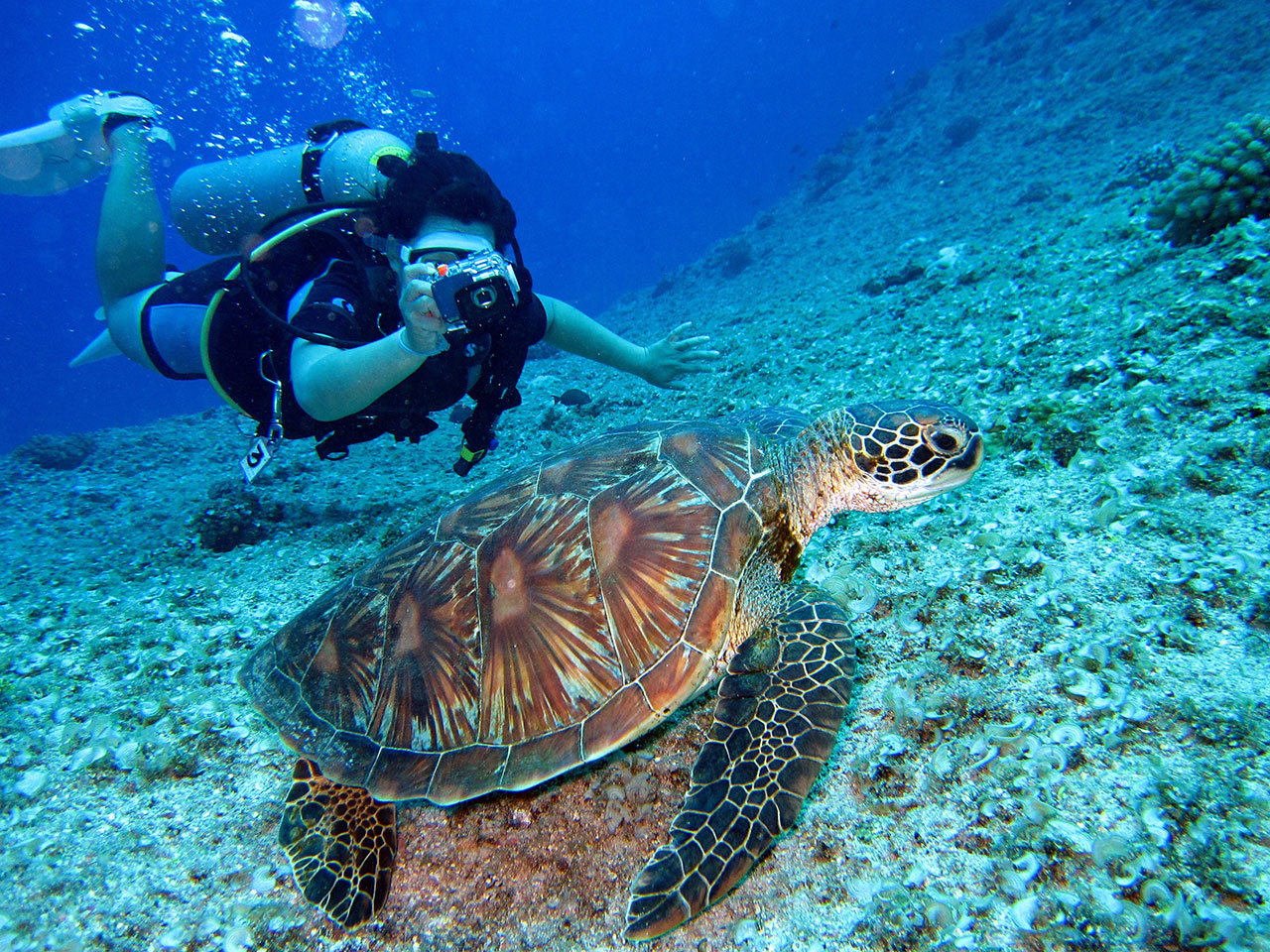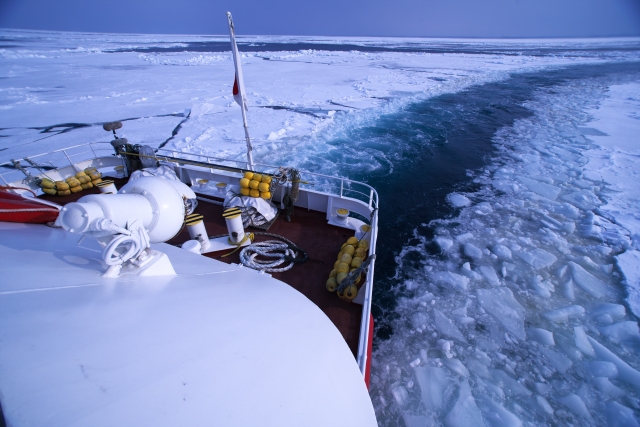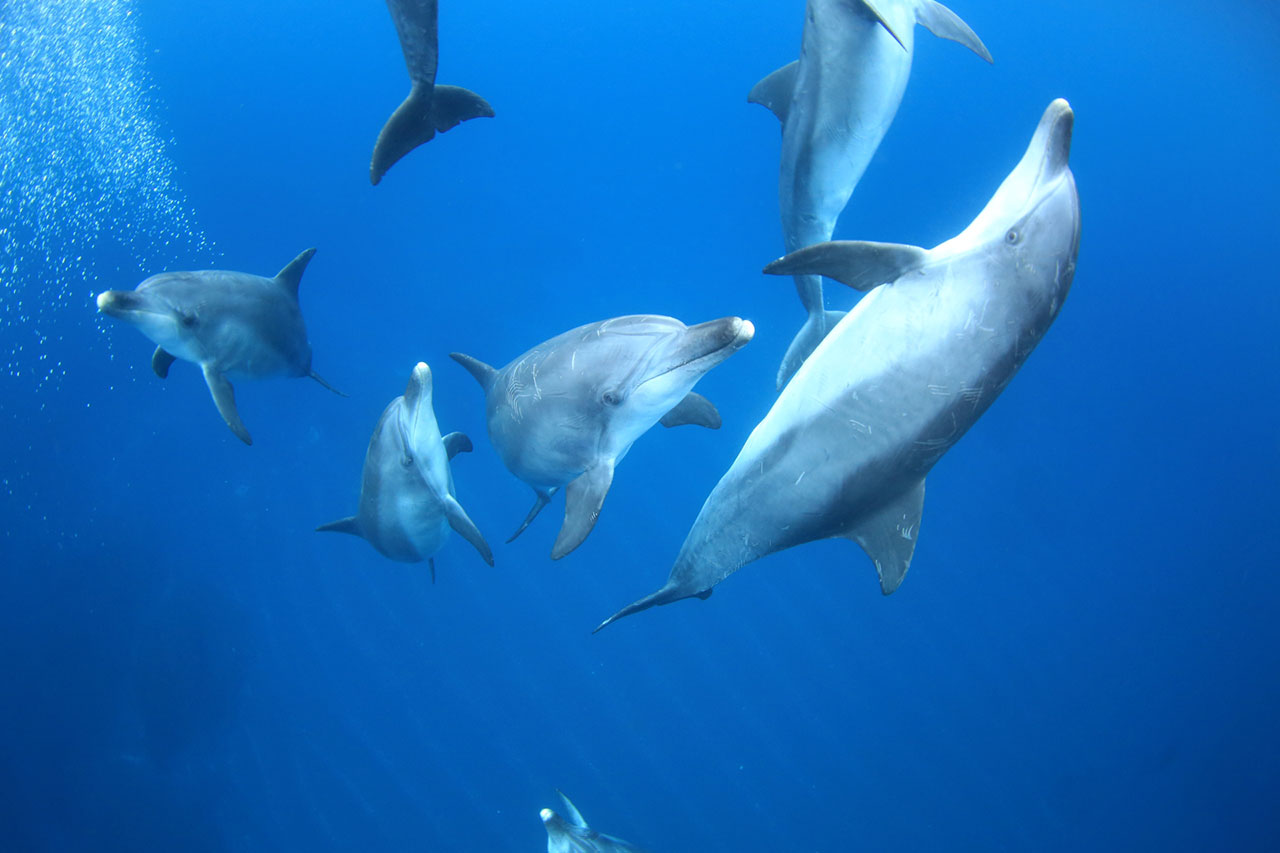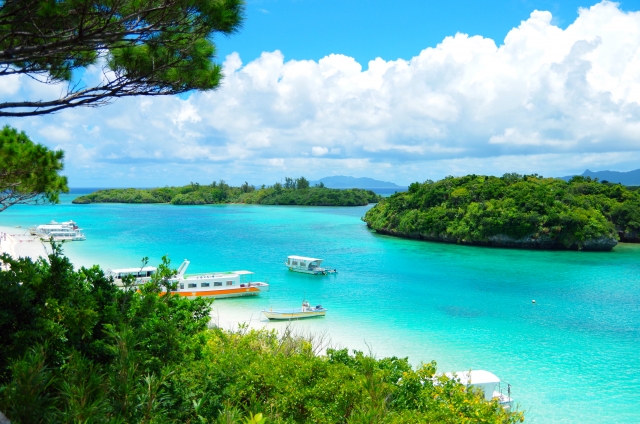Underwater in Japan: From ice-diving to tropical shipwrecks
June 12, 2019

Better known for mountain hikes, ancient forests and glittering rice terraces, Japan is actually a secret haven for divers, filled with underwater adventures and incredible ecosystems. Often overlooked in favor of Thailand and the Philippines, Japan’s archipelago layout, volcanic topography and unusually varied temperatures mean there are a host of different diving experiences to be had. Divided into three main areas, divers can choose from the cold and rocky waters of Hokkaido, the temperate central waters of Honshu and the tropical scenery of Kyushu and Okinawa. Thanks to the popularity of other nearby countries, Japan’s waters are surprisingly quiet, with shipwrecks, turtle beaches and manta-scrambles all waiting to be explored.

Just off the Shiretoko Peninsula, a World Heritage site on Hokkaido’s coast, the brave can experience ice-diving for a limited time from February to March. Stretching into the Sea of Okhotsk, the peninsula offers a chance to explore beneath ice floes—a unique and beautiful experience. Due to the icy temperatures, divers must wear drysuits and the explorations only last around half an hour, but the ethereal views of the serene underwater environment are hard to forget. Alternatively, Lake Shikotsu is known as the clearest lake in Japan, offering divers incredible visibility throughout the year, with salmon spawning offering an annual highlight.

In central Japan, Tokyo’s Ogasawara Islands are a fantastic diving getaway with a huge variety of wildlife. While the islands are technically under Tokyo’s jurisdiction, they are located almost 1,000km from the capital and only accessible by ferry. With a similar climate to that of Okinawa, the subtropical temperatures last year round. Known as the Galapagos of Japan, the islands have developed separately from any other environments, allowing a unique ecosystem to develop, largely undisturbed and strongly protected by local legislation. The main islands, Hahajima and Chichijima (meaning mother and father islands) offer divers the opportunity to see dolphins, whales and manta rays alongside beautiful fish and sea life. A little closer to Tokyo and therefore not quite as tropical, the Izu Islands also offer divers the chance to swim with turtles and dolphins, especially on Mikurajima Island.
Back on the mainland of Honshu, the Izu Peninsula is also a popular day-trip diving destination. Warmed by the Kuroshio current (as are the above islands), the coastline offers a chance to try cave-diving as well as tunnel-diving, with sharks visible in the waters of Mikomotoshima Island.

For those looking for a more Thailand-esque diving holiday, the golden sands and famously crystal-clear waters of Okinawa are the place to be. Eagle rays, turtles, manatees and reef sharks all bask in the warm waters, along with humpback whales and hammerhead sharks in the early months of the year. From the main island of Okinawa, its nearby Yaeyama Islands include Ishigaki Island. This tropical haven is a real destination-dive site. For fans of wreck-diving, the USS Emmons is a must-visit site, torpedoed by the US in the Second World War and now lying at a depth of 45m on the outskirts of Kourijima Island. Although believed to be a natural creation, the Yonaguni Monument is a staggeringly unusual formation to explore, often called Japan’s Atlantis.
While the on-land sites of Japan are sure to be explored, the underwater-landscapes and inhabitants can be just as enchanting. With fewer crowds, incredible turquoise waters and thriving marine life, diving in Japan is a unique way to experience the country’s natural side.
For more details, contact DMC Japan to discuss ideas, locations and rates.
Contact Us


